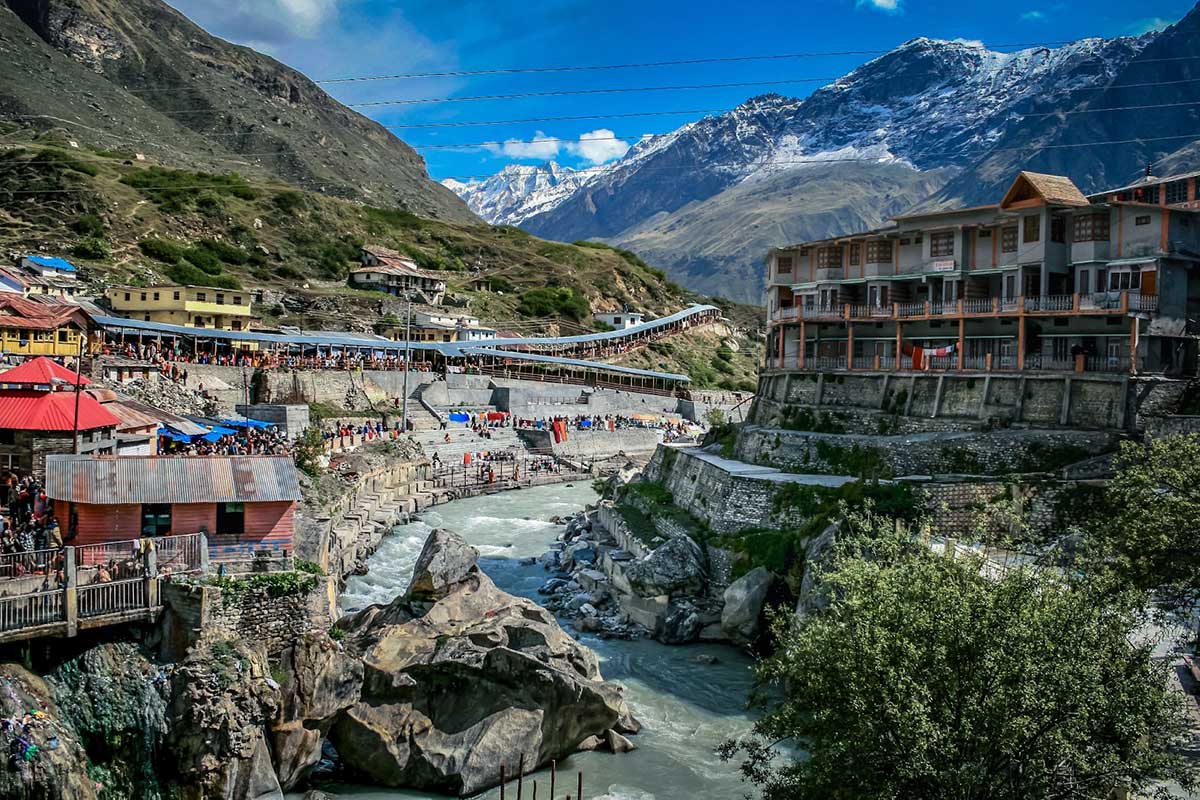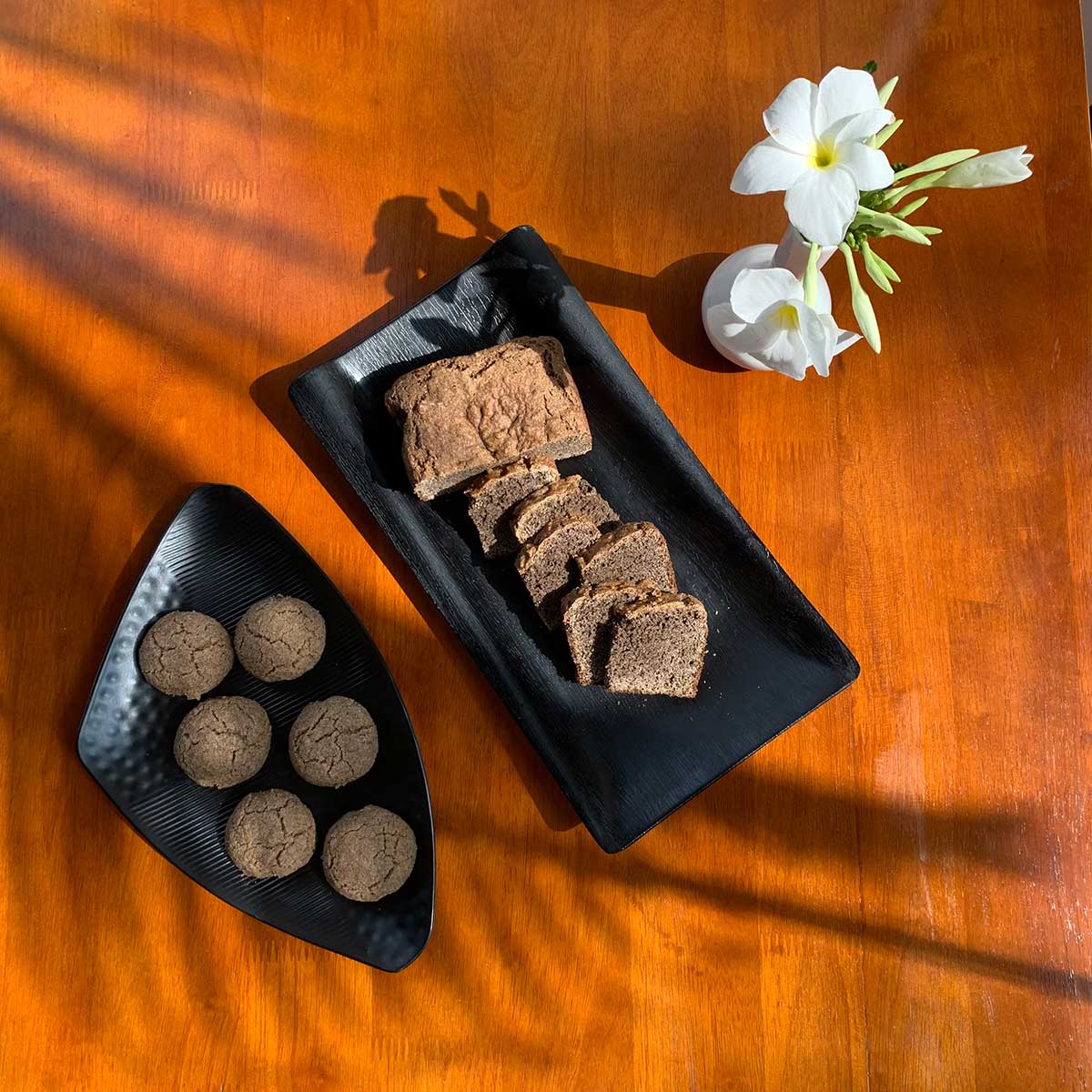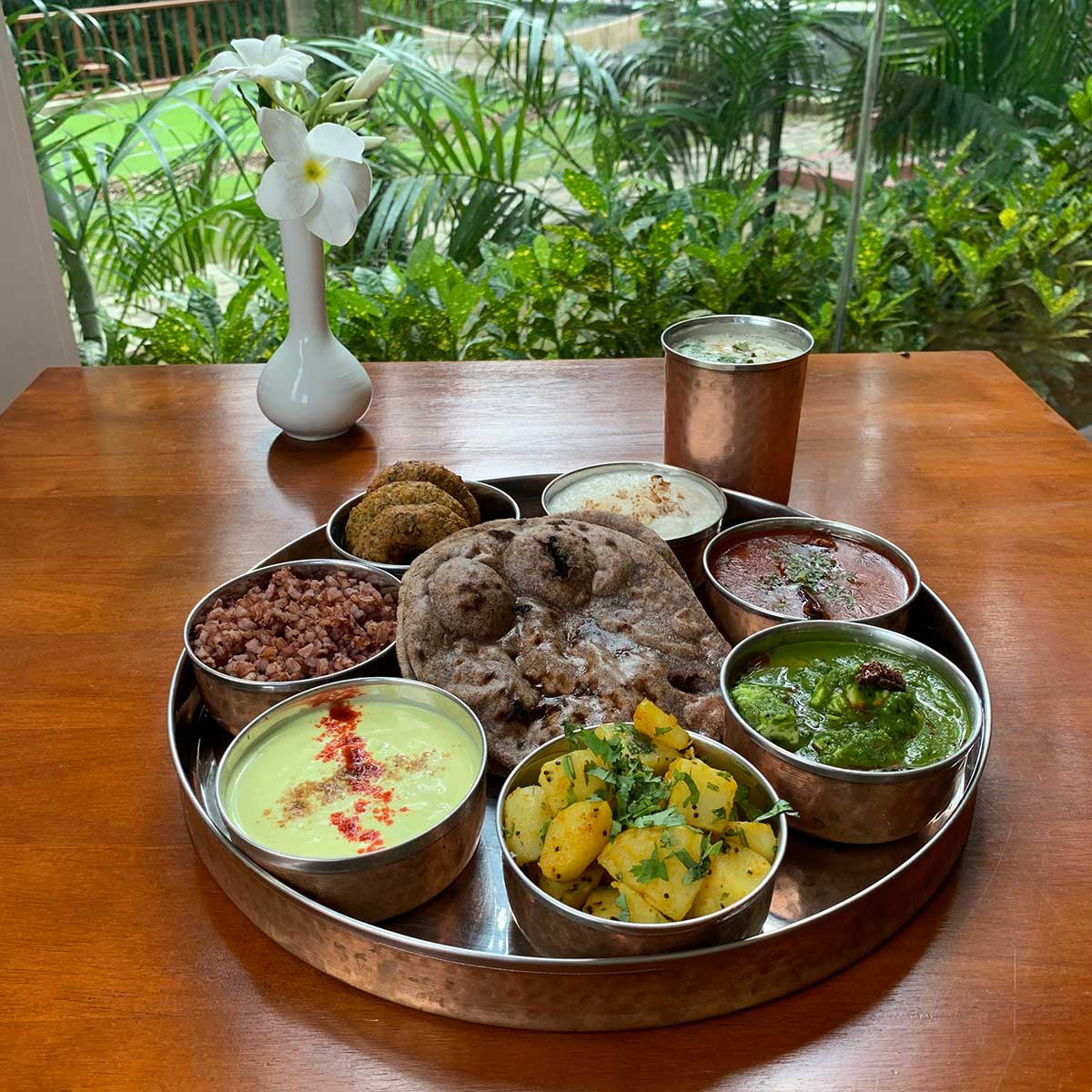Gastronomic Delights of Garhwal: Exploring the Rich History and Flavors of Garhwali Cuisine
- Muskan Pandey | September 28, 2023
The rich tapestry of India's culinary landscape is woven with a myriad of regional cuisines that reflect the diverse cultures, traditions, and histories of different communities. One such hidden gem is Garhwali cuisine, hailing from the Garhwal region of Uttarakhand, boasts not only of breathtaking landscapes but also a vibrant culinary heritage that reflects the ethos and rituals of the local people. Some of the best restaurants in Rishikesh offer a diverse range of cuisines, from traditional Indian to international dishes. Rooted in history and steeped in tradition, Garhwali dishes offer a tantalising array of flavours and dishes that are not only a treat for the palate but also a reflection of the region's unique heritage. While many are well-acquainted with the spicy curries of North Indian cuisine or the fiery flavours of South India, Garhwali cuisine remains a well-kept secret, known primarily to those who call this pristine mountainous region their home.

Historical Roots of Garhwali Cuisine
The history of Garhwali cuisine is closely intertwined with the land it originates from. The Garhwal region, nestled amidst the towering peaks of the Himalayas, has long been a centre of agricultural activity and self-sustenance. The cuisine of Garhwal is a testament to the resourcefulness of the people who have thrived in this challenging terrain for centuries.
Dating back to ancient times, food of Uttarakhand primarily consisted of locally sourced ingredients. Staple crops like millets, barley, and buckwheat were vital to the region's food security. The cuisine was shaped by necessity, with an emphasis on preserving ingredients through methods like drying, pickling, and fermenting.
Flavours and Taste Profile
Garhwali cuisine is characterised by its simplicity, emphasising natural flavours and retaining the nutritional value of ingredients. The taste profile is a harmonious blend of earthy, rustic, and subtle flavours, perfectly suited to the cool mountain climate. The cuisine pays homage to the use of indigenous spices and herbs that grow in the region, enhancing the taste without overpowering the dishes. From the fiery Lasun Ki Chutney to the tangy Amla Chutney, these condiments not only enhance the taste of the food but also preserve the goodness of seasonal fruits and vegetables, a practice deeply rooted in Garhwali culture.
But what makes Garhwali cuisine so unique? The use of simple, locally-sourced ingredients is a hallmark of Garhwali cooking. Staple grains like mandua (finger millet), jhangora (barnyard millet), and rice form the foundation of many dishes. These grains are not only nutritious but also well-suited for the high-altitude climate. The cuisine makes ample use of leafy greens, legumes, and dairy products. Herbs and spices like jambu (Himalayan oregano), bhangjeera (black cumin), bhangira (fenugreek seeds), jakhiya (wild mustard seeds) and jakhya (Himalayan turmeric) are used to add depth and earthiness to the dishes. This approach not only highlights the inherent tastes of the region but also makes the food easily digestible.

The Garhwali culinary repertoire also includes a variety of lentil preparations like gahat (horse gram) and bhatt (black soybeans). One of the defining features of Garhwali cuisine is its minimal use of oil and spices, allowing the true essence of the ingredients to shine through. Dishes are often cooked using mustard oil, which lends a distinct aroma and taste. The use of lentils, legumes, and vegetables forms the backbone of Garhwali dishes, providing both sustenance and flavour.
The dishes are often mildly spiced, allowing the natural tastes of the ingredients to shine through. A burst of tanginess is introduced through the use of yoghurt, tamarind, and locally-made sauces. The cuisine strikes a balance between simplicity and complexity, creating dishes that are hearty and satisfying.
Types of Garhwali Delicacies:

1. Daal: Garhwali cuisine has an array of dals - from the classic Arhar (pigeon pea) dal to the more exotic Bhatt ki Dal, which is made from black soybeans. These dals are usually tempered with local spices like jambu (a type of dried herb) and asafoetida, giving them a unique and distinctive flavour.
2. Gahat: Gahat (Kulath) is a type of lentil that holds a special place in Garhwali cuisine. It is used to make a thick soup-like preparation, often seasoned with local spices and sometimes accompanied by rice or chapati. Gahat is not only delicious but also highly nutritious, making it a popular choice in the region.
3. Phaanu: Phaanu is another lentil dish made with a mix of lentils like Gahat, Arhar, and others. The lentils are soaked, ground, and then slow-cooked to create a rich and creamy texture. Phaanu is often enjoyed with steamed rice or Mandua (finger millet) roti. The dish is not only rich in proteins but also boasts an impressive array of vitamins and minerals.
4. Kafuli: Kafuli is a hearty spinach-based curry that is a delight to the palate. Spinach is cooked with local herbs and spices, and often thickened with roasted rice or buckwheat flour and locally produced buttermilk creates a flavoursome curry. The dish is not only delicious but also highly nutritious, providing the much-needed sustenance in the harsh mountain environment.
5. Aloo ke Gutke: Aloo Ke Gutke is a rustic dish that beautifully demonstrates the art of using minimal ingredients to create a burst of flavours. Potatoes are marinated in a mix of spices like mustard seeds, red chilli, and turmeric. and later sautéed until they acquire a delectable crispiness. It's a simple yet flavorful dish that perfectly complements the Garhwali meal.
6. Chainsoo: Chainsoo is a protein-rich dish made from roasted black gram lentils(urad or kali dal). The lentils are ground to a coarse powder and then cooked with spices and ghee. Chainsoo is often paired with rice and is a favourite among locals.
7. Bhangjeera ki Chutney: This spicy chutney is made from roasted bhangjeera seeds (Himalayan wild coriander), red chilies, and tamarind. It adds a burst of flavour to the meal and is a testament to the innovative use of local ingredients in Garhwali cuisine.
8. Kandalee ka Saag: A preparation made from the local green leafy vegetable called "Kandalee." It is enjoyed as a side dish with rice or Indian bread such as roti or naan. It is known for its unique taste; it often involves sautéing the leaves with a mixture of spices, including ingredients like garlic, onion, ginger, green chilies, and various spices such as cumin, coriander, and turmeric.
9. Mandua ki Roti: It is a type of flatbread made from mandua flour, which is derived from finger millet, also known as ragi or mandua in the local language. Mandua roti is a nutritious and staple food in the Garhwal region, as finger millet is rich in vitamins, minerals, and dietary fibre. It is often served with local Garhwali dishes like saag (leafy greens), jholi (a lentil-based curry), or achar (pickles).
10. Singodi: Essence of Sweet Indulgence
No exploration of a region's cuisine is complete without a sweet note, and Garhwali cuisine offers the delightful Singodi for this purpose. Singodi is a traditional sweet made from grated coconut, khoya (reduced milk solids), and jaggery. This mixture is wrapped in Malu leaves and steamed or baked to create a delectable, fudgy dessert. The subtle sweetness of jaggery and the rich creaminess of khoya combine to create a dessert that embodies the essence of Garhwali culture.
Garhwali cuisine is more than just a collection of recipes, with its diverse array of dishes, stands as a testament to the resourcefulness and ingenuity of the people of India. Each dish is a reflection of the symbiotic relationship between the land and its inhabitants, a harmonious blend of nutrition, flavours, and traditions. The simplicity and sustainability of the cuisine, along with its deep connection to the local environment, make it a treasure trove of flavours waiting to be explored. As you savour the unique taste of Garhwali dishes, you're not just enjoying a meal – you're indulging in centuries of culinary heritage. Exploring Garhwali cuisine is not just a journey through taste, but also a voyage into the history, culture, and lifestyle of the people of the Garhwal region. So, let's raise a toast to the culinary treasures of Garhwal and the vibrant culture they represent. As they say in Garhwali, "Jeem Jandu!".

